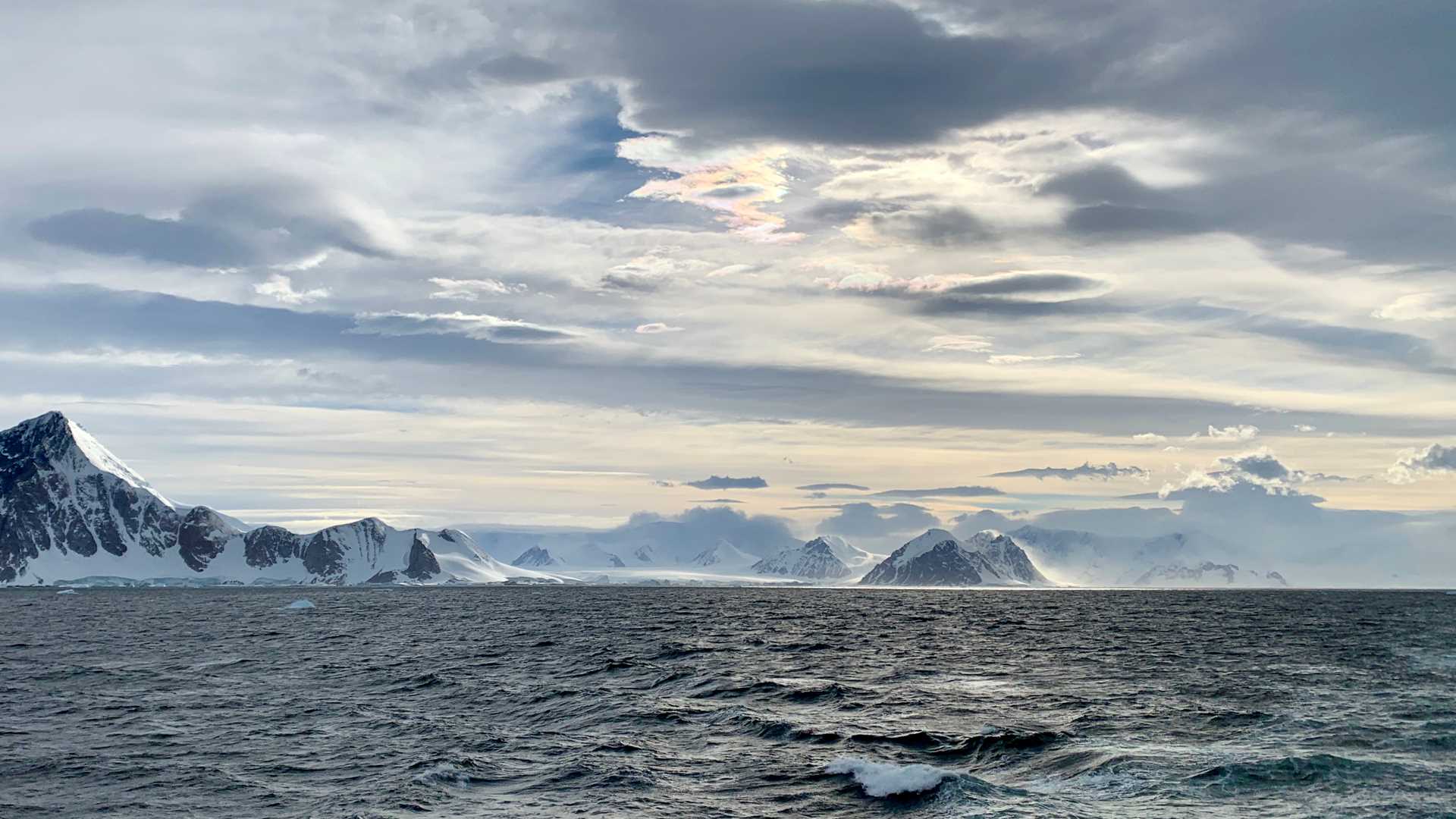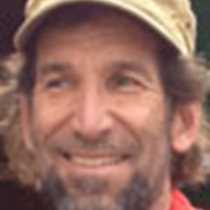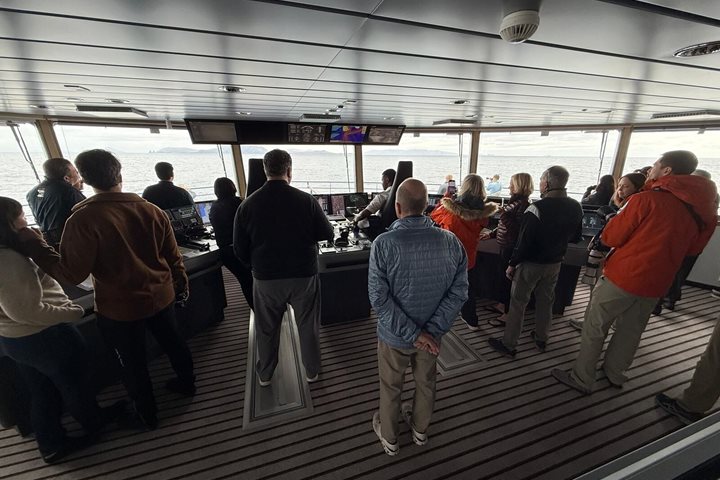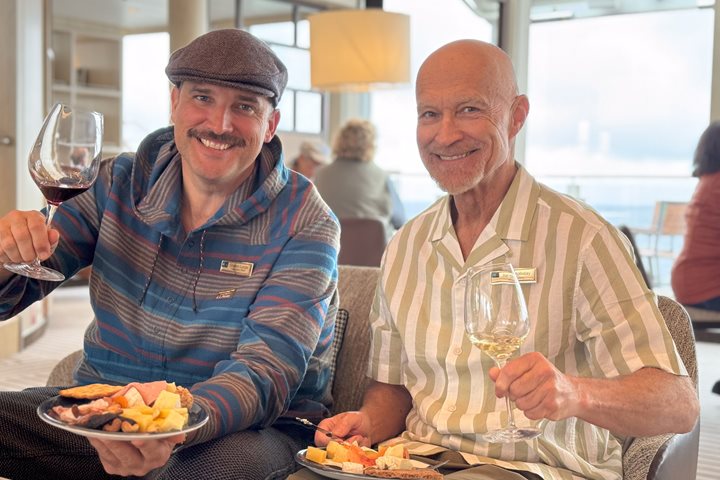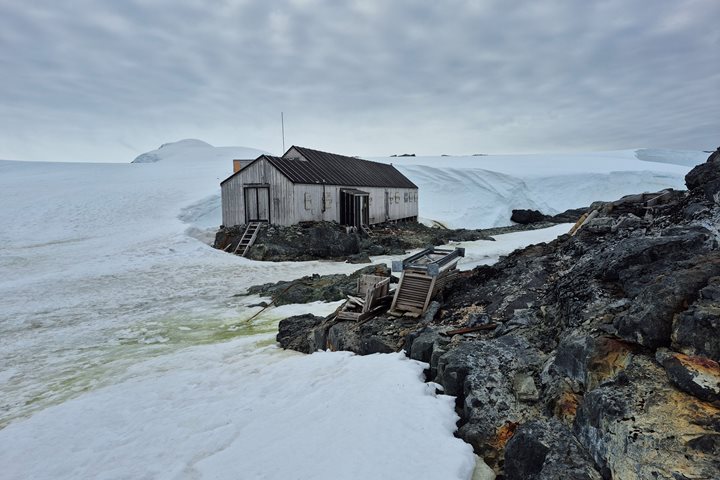We have spent the day south of the Antarctic Circle in Marguerite Bay, far enough south that at this time of year the sun never goes below the horizon, and there is no night. It was a great day to contemplate the breadth and range of conditions that shape our experience here. Our original intention was to visit Stonington Island, site of historic US and UK bases which were used periodically from the 1930s through the 1970s, but as we approached, the calm winds out in Marguerite Bay rapidly changed to ferocious katabatic winds, driven by air flow off the mainland ice sheet and tumbling down through the mountain valleys and over the surrounding glaciers. So off we went to explore alternative sites with more favorable conditions. We found ourselves amongst minute lichens, multi-hued rocks, brooding penguins, ridges of glacial debris, and a vast white plain of sea ice, surrounded by mountains and glaciers.
2/28/2025
Read
National Geographic Resolution
Northbound Drake Passage, Cape Horn, and the Beagle Channel
This morning, we had a later start than usual after a late night enjoying the crew show. Our galley team gifted us with a fulfilling brunch. We then had a brilliant forum about climate change with the participation of our panel of experts onboard. Afterward, our expedition leader called us to the bow to see Cape Horn, which was only a few miles ahead. The good weather allowed us to have a smooth and fast crossing, allowing extra time to swing by Cape Horn, the most southern tip of the Americas. Over the PA system, Steven provided a very interesting description of the historical importance of this area, then Pablo read a beautiful poem, a memorial to the seaman lost at sea. We could see the monument in the distance, two metal sheets that depict an albatross in flight. During the afternoon, we enjoyed Madalena’s presentation about Women in Antarctica. This was an incredible voyage through the struggles and delays of allowing women to participate in science and logistics in Antarctica. We entered the Beagle Channel around 17:00 and we encountered black-browed albatrosses, cormorants, dolphins, and whales. On our final approach to the beautiful city of Ushuaia, we passed by Les Eclaireurs Lighthouse and some of the seals that live in the Bridges Islands Archipelago.

